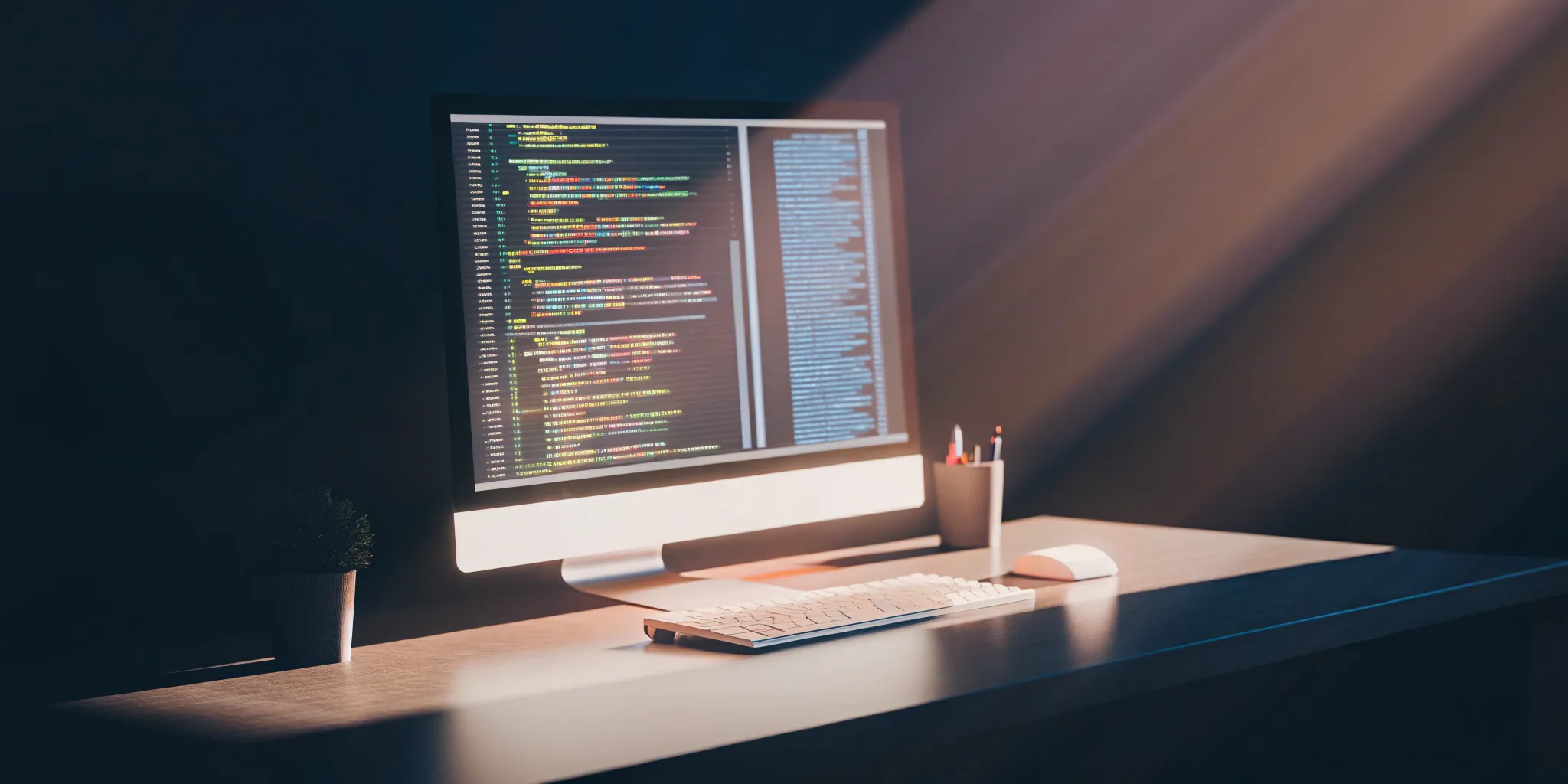Beyond Metrics: How AI Transforms Developer Workflows

Quick answer
AI changes developer experience more than it changes classic KPIs. Beyond cycle time and defect rates, the gains show up in faster onboarding, richer knowledge sharing, and higher focus time. Propel captures these qualitative shifts, turning them into measurable leading indicators for engineering leaders.
When teams adopt AI code review, the code ships faster—but the bigger story is how day-to-day work transforms. Senior engineers spend less time on nits, new hires ramp quickly, and cross-functional collaboration improves. Measuring only output misses the compounding value.
Limitations of legacy metrics
- Velocity: Captures throughput but not whether the team can sustain it without burnout.
- Defect rate: Shows bugs released, not how quick detection and resolution improved developer confidence.
- Coverage: Measures quantity of tests, not their relevance or the cognitive load saved by automation.
Signals that prove AI is working
Onboarding velocity
Track how quickly new engineers ship meaningful code. AI review annotations and prompt libraries cut ramp time by weeks.
Mentorship reach
Propel logs how often senior feedback is reused in future reviews, indicating knowledge sharing at scale.
Flow state minutes
Measure uninterrupted focus time using calendar analytics or developer surveys. Automation should reduce context switching.
Cross-team reuse
Count reused prompts, playbooks, and generated tests. Rising reuse indicates AI captured institutional knowledge.
Workflow shifts enabled by Propel
- Reviewers focus on architecture while Propel resolves style and policy issues.
- AI-generated summaries let product and design partners understand technical trade-offs.
- Engineers share context by linking ADRs and docs directly in review threads, enriching future automation.
- Analytics highlight teams that might need coaching based on recurring blocker types.
Capturing new metrics in Propel
- Comment reuse: how many reviews reference prior AI suggestions.
- Nit vs. must-fix ratio trends by team—indicator of code health and policy maturity.
- Reviewer acknowledgement speed for AI-raised defects.
- Sentiment pulse: quarterly surveys embedded in Propel to gauge trust in automation.
FAQ: measuring AI impact
How do we report qualitative benefits to leadership?
Pair hard metrics (cycle time) with experience metrics (onboarding days, survey scores). Propel exports dashboards combining both so stakeholders see the full picture.
Can AI reduce burnout or just shift work elsewhere?
When automation removes repetitive review toil and clarifies expectations, engineers report higher satisfaction. Monitor after-hours review activity to confirm the impact.
What if metrics worsen initially after adopting AI?
Expect a learning curve. Track leading indicators weekly, adjust prompts, and celebrate early wins. Propel’s analytics help you iterate quickly without reverting to manual processes.
Ready to Transform Your Code Review Process?
See how Propel's AI-powered code review helps engineering teams ship better code faster with intelligent analysis and actionable feedback.

